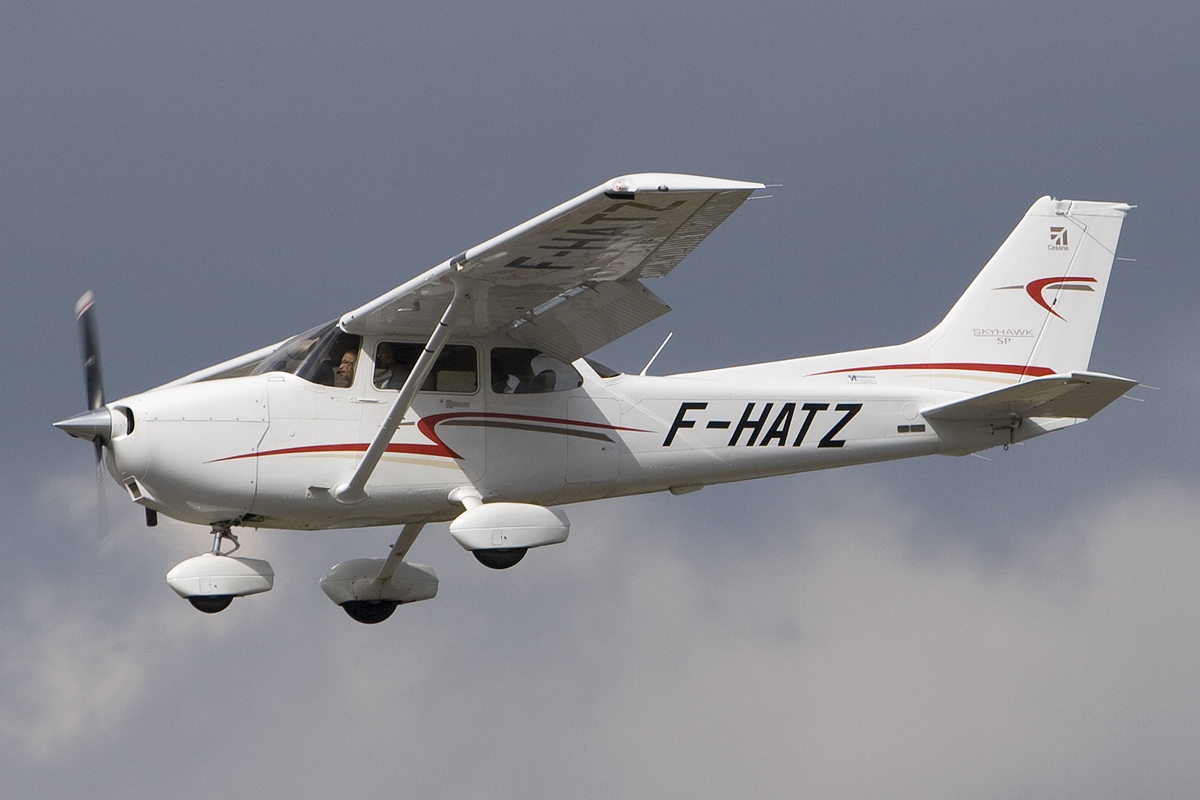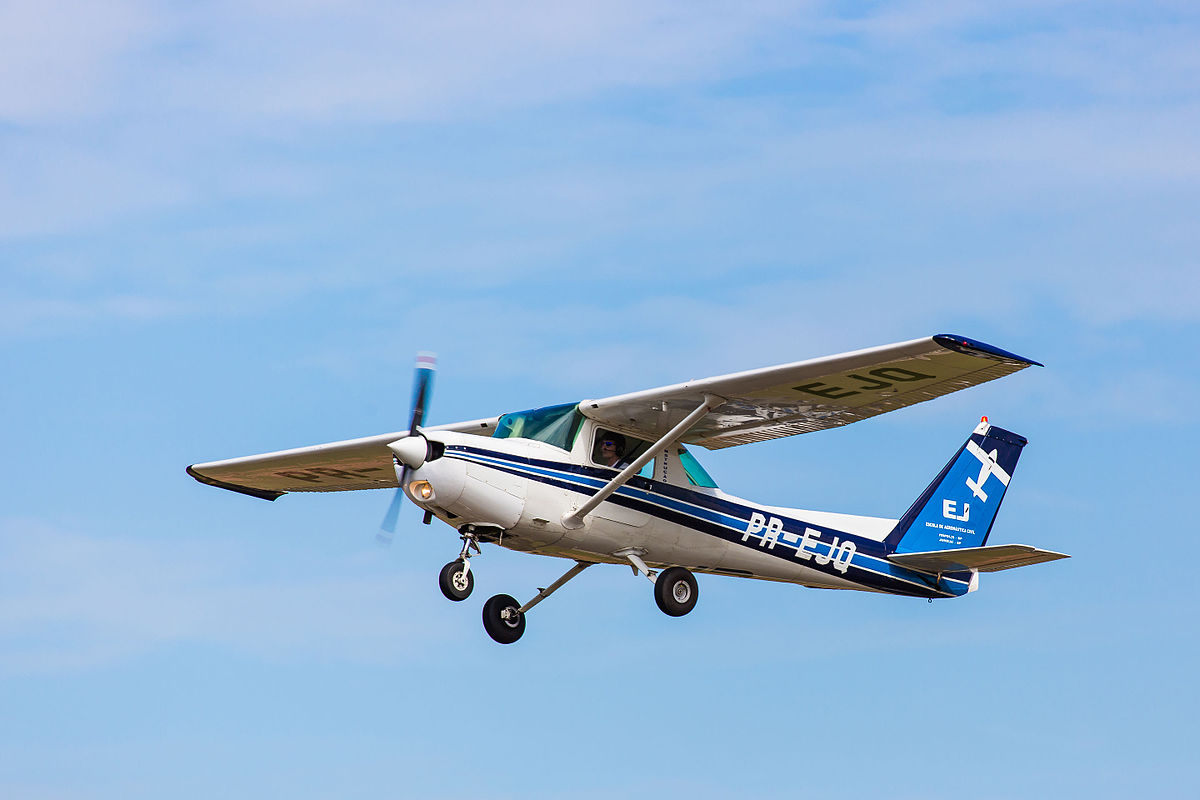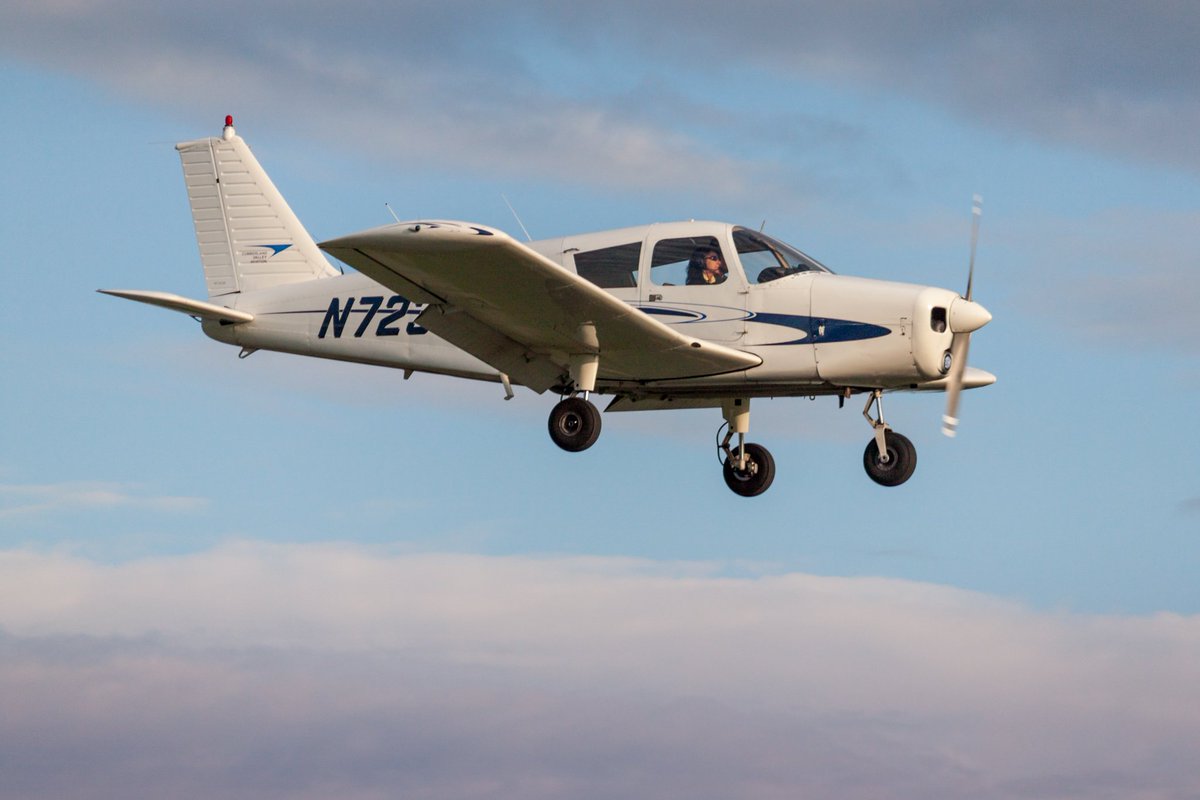Recommended Aircraft for the PPL

Cessna 172 (160hp-180hp)
Average Hourly (Wet): $110-160 /hr
The Cessna 172 is a tried and tested flight training aircraft. It will keep costs affordable while providing you with more power and performance. The C172 is also a very forgiving aircraft with slow stall speeds and many models that serve different purposes.
Pros:
- Affordable
- Performance
- Forgiving
- Widely Available
Cons:
- High Wing - if that's not your thing
- Useful Load
Note: C172-M, -P, -R models $100-130 /hr, -S model $120-$140 /hr, -S G1000 model $140-$180 /hr

Cessna 152 (100-110hp)
Average Hourly (Wet): $90-105 /hr
The Cessna 152 is also a very common flight training aircraft. It is widely considered the most affordable aircraft to fly and shares many characteristics with the C172. However, it suffers in the performance and cruise speed categories and has a much lower useful load (only two seats).
Pros:
- Affordable
- Very Manuverable
- Forgiving
- Widely Available
Cons:
- High Wing - if that's not your thing
- Useful Load
- Cramped for larger people
- 110hp engine - not much power
- Slow cruise speed

Piper PA-28 (150 hp)
Average Hourly (Wet): $130-180 /hr
The PA-28 is a flight training workhorse. Boasting a low wing design, the PA-28 has a faster cruise speed (rg models) and looks like a "real" airplane.
Pros:
- Manuverable
- Low-Wing
- Widely Available
Cons:
- Usually Priced Higher
Note: Complex model with retractable gear at higher end of rate